Refugees—people fleeing conflict or persecution in their countries with international and varying host country protection—are much in the news. Their drama is the stuff of daily coverage, even as they become fodder in many countries for populist politics of fear and hate. Yet, internally displaced people (IDPs) account for most forced displacements. Unlike refugees and their internationally recognized legal status, IDPs are dependent on their own governments, often the very ones who have displaced them, for assistance. The international community only has a complementary role. They are often far from the glare of the media and among the toughest to reach with assistance.
In 2017, the world hosted nearly 23 million refugees, but “by the end of 2016 there were 40.3 million people living in internal displacement as a result of conflict and violence in the world. This number has nearly doubled since 2000 and has increased sharply over the last five years.” In 2016, weather-related phenomena—like floods, wild fires, etc.—displaced over 20 million people, a warning perhaps of the looming impact of climate change on displacement.
Those displaced by disasters, however, tend to return home much sooner than those displaced by violence. The latter must await many years of political resolutions, while often contending with the deep trauma of ethnic, sectarian, and political cleansing—willful policies that go to the core of many Middle Eastern conflicts. These include the deliberate targeting of hospitals by the Syrian regime and its allies to displace populations, the replacement of Sunni communities in Syria and Iraq with Shia populations, and the genocidal onslaught by Islamic State and others against the Shia, many Sunnis, Christians, Yazidis, etc. The Middle East and North Africa now has 6 million refugees and over 12 million IDPs and counting.
Syria, with some 12 million out of a population of 22 million forcibly displaced, represents the single-largest source of refugees and IDPs in the world. There are Syrian refugees in Jordan (1 million), Lebanon (1 million), and Turkey (nearly 3 million) plus hundreds of thousands of asylum seekers in Europe. Ongoing conflict means that Syria’s 6.4 million IDPs are increasing as Turkish and Jordanian borders remain closed. There are over 2 million IDPs in Idlib province alone, more along the borders of Turkey and Jordan and many in besieged areas. Often IDPs self-govern even when there is strong militia presence—Idlib boasts 156 local councils. Approximately 200,000 people have been displaced since the start of the battle for Raqqa, the IS capital. They are unlikely to return soon since the United States-supported Syrian Democratic Forces require a sponsor and other measures to ostensibly prevent an IS rebound. There are also sharp divides and bitter memories between the Alawi minority from which President Assad’s family hails and their Christian, Shia, and other allies, and the majority Sunnis. However, many Sunnis, including many officers, stayed loyal to the regime—underlining the fact that divides exist within communities as well.
Iraq had 3 million IDPs as of March 2017, but it isn’t clear if Mosul’s IDPs are included in this number. The battle for Mosul led to 900,000 IDPs between October 2016 and June 11, 2017, with estimates of up to 150,000 civilians in IS-held areas in late June. As with Syria, most IDPs are Sunnis but include minorities such as the Yazidis, Shabaqs, Turkomans, as well as Shiite Arabs and Turkomans fleeing IS. Post-IS, unless Sunni grievances are accommodated, another round of fighting might be inevitable. Also, with the Kurds, themselves victims of past ethnic cleansing, expanding territorially and planning for a referendum for independence from Iraq, another conflict could well be brewing.
Yemen, undergoing the world’s worst cholera epidemic and facing famine, had 3.1 million IDPs and returnees as of May 2017. Most displacement occurred in 2015 when 85 percent of the then 2.5 million were forced out of their homes. Yet, the U.N. High Commission for Refugees notes, “Prolonged hostilities and worsening conditions are now forcing 1 million of those uprooted to return to the homes… despite danger and insecurity and… many more IDPs are contemplating a return home.”
In May 2017, Libya hosted 240,000 IDPs of which 78 percent were displaced between 2011 and 2015, the remainder mostly in 2016. Of these IDPs, some were in camps, but 75 percent found shelter in self-paid rentals. There were also 250,000 returnees, most from Benghazi and Tripoli, 92 percent sheltering in their previous homes. This is down from 434,000 IDPs in July 2015. An estimated 1-2 million Libyans are living outside the country, but few are registered as refugees. There is also an ongoing human tragedy in the plight of over a million migrants and refugees in Libya, mostly from sub-Saharan Africa and South Asia, trying to get to Europe from Libyan shores.
The return of all IDPs to their original homes and localities is unlikely. Some will, but others, mostly in Iraq and Syria, have had their communities destroyed, and in a familiar pattern settlers have moved in. Europe’s wars of religion often pitting Catholics and Protestants against each other, the expulsion and forced conversion of Spain’s Muslims and Jews, and other European conflicts have shown similar patterns. Worryingly, those wars lasted for well over a century. There are enough fault lines especially in the Mashreq, that unless IDPs (and refugees) are part and parcel of reconciliation and restitution processes, the path for future conflicts remains open. The Palestinians are only one such example.
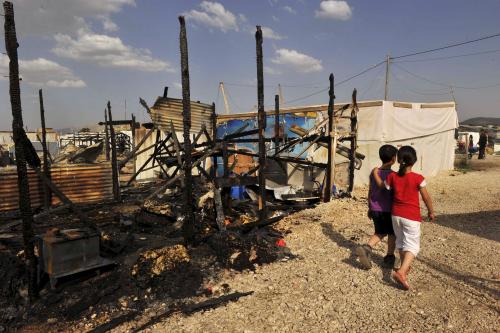
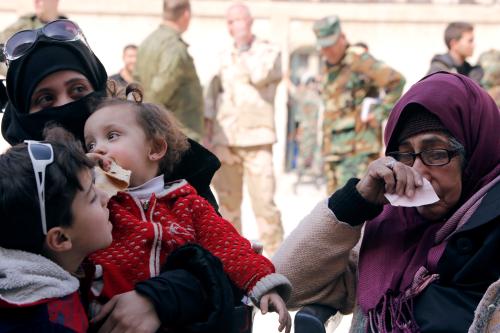
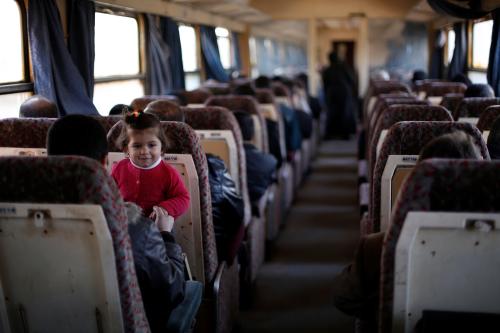

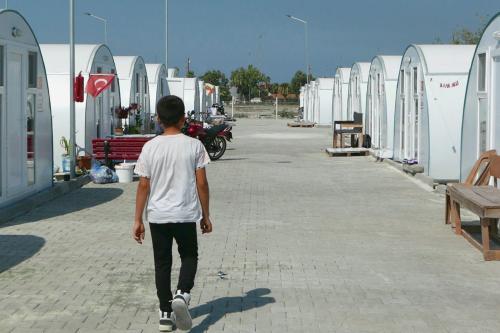
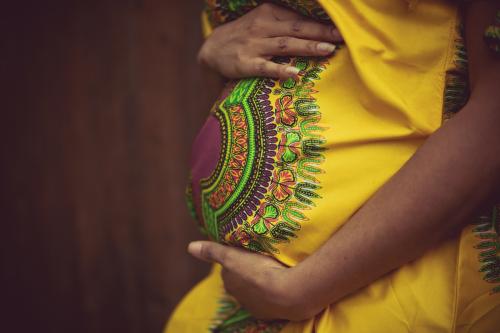
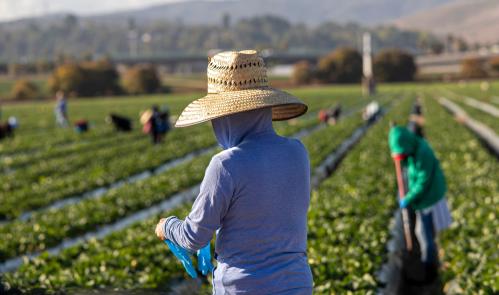
Commentary
The internally displaced in the Middle East and North Africa: Harbingers of future conflict?
July 5, 2017